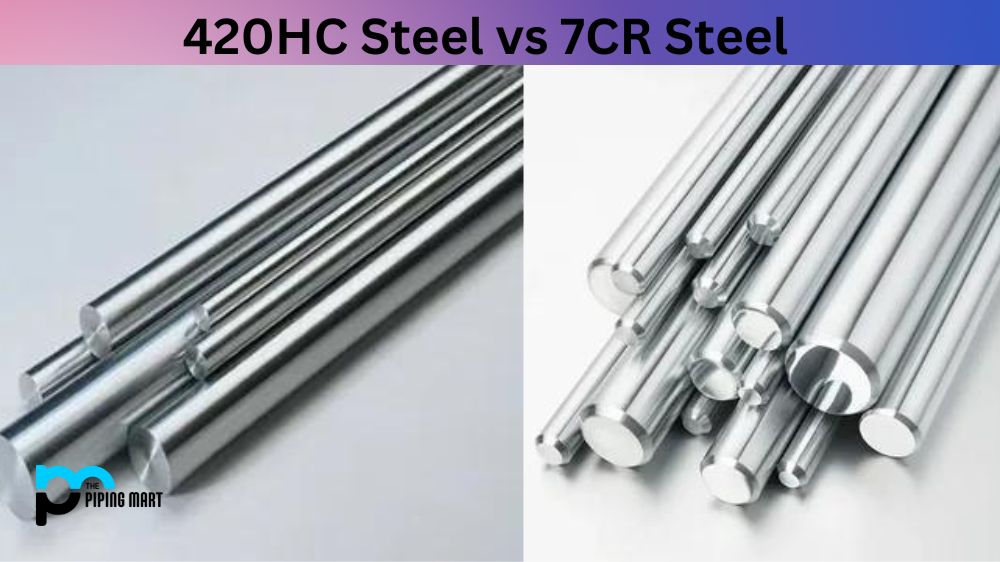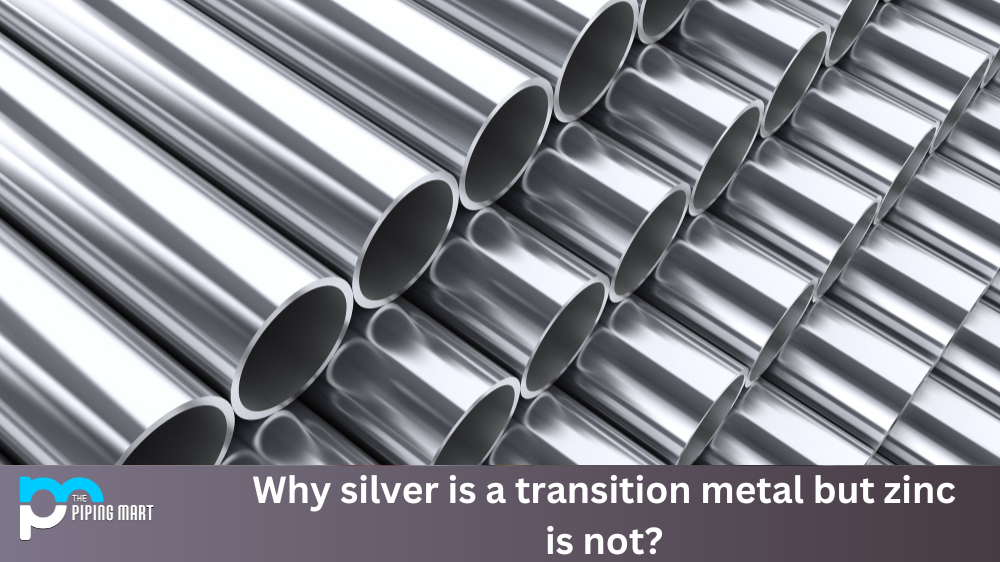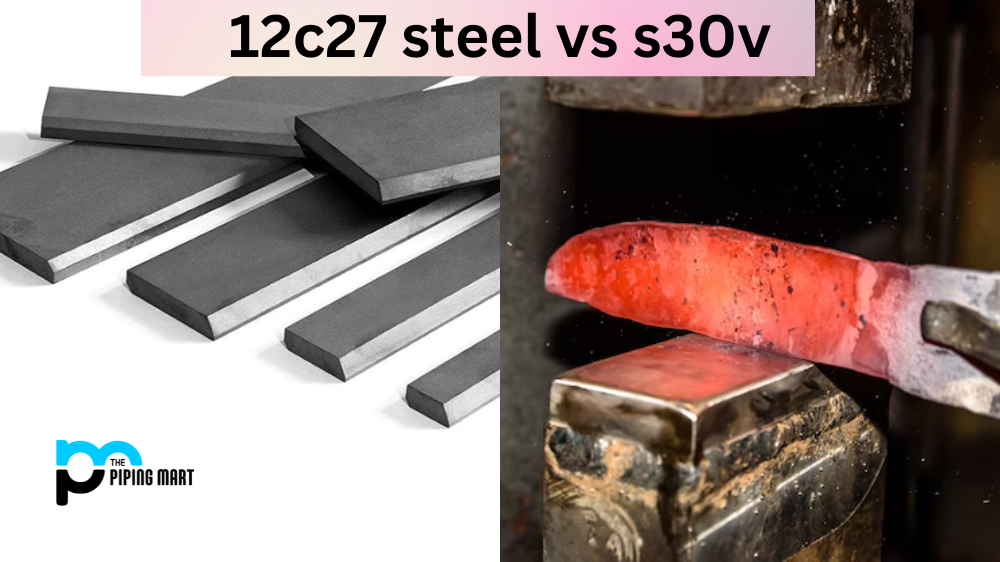Steel is an essential component of knives, and its quality determines the durability and sharpness of the knife. 420HC steel and 7CR steel are two steel alloys commonly seen in knives. Both steel types share some similarities, but they also have distinct differences. Understanding these differences is critical in choosing the right knife for your needs. In this article, we’ll break down the differences between 420HC steel and 7CR steel to help you make an informed decision.
What is 420HC Steel?
420HC is a high-carbon stainless steel with excellent hardness, wear resistance, and edge retention. It contains 0.4-0.5% carbon, allowing it to reach a higher Rockwell Hardness than other steels like 440A and AUS 8. Its hard surface layer makes it resistant to corrosion, meaning it holds an edge longer than other types of steel. In addition, its toughness makes it suitable for use in knives, cutlery, and sporting goods such as swords.
What is 7CR Steel?
7CR Steel (7 Chromium) is a high-performance stainless steel offering superior corrosion resistance and strength. It has an increased chromium content of 7%, which results in enhanced hardness, ductility, and wear resistance compared to other popular Stainless Steels. Additionally, it features excellent weldability, formability, cryogenic toughness and outstanding fabricability. This makes it suitable for industrial cookware, food processing equipment or pumps/valves.
Difference Between 420HC Steel and 7CR Steel
Chemical Composition
420HC steel is a martensitic stainless steel that contains 0.4% carbon, 13% chromium, and 1% manganese. The carbon content makes it hard and durable, while the high chromium content enhances its corrosion resistance. 7CR steel, on the other hand, is a type of high-carbon stainless steel that contains 0.7% carbon, 17% chromium, 1.2% silicon, and 0.3% molybdenum. The higher carbon content makes it harder and more wear-resistant than 420HC steel, while the higher chromium content improves its corrosion resistance.
Hardness
The Rockwell hardness scale (HRC) measures the hardness of steel. Hardness affects how easily the steel can be sharpened and how well it retains its sharpness. 420HC steel has an HRC of 54-58, which makes it relatively easy to sharpen and maintain. 7CR steel, on the other hand, has an HRC of 58-60, making it harder to sharpen but also more wear-resistant and able to hold an edge longer.
Corrosion Resistance
Both 420HC and 7CR steel are stainless steel alloys with excellent corrosion resistance. However, 7CR steel’s higher chromium content gives it superior corrosion resistance compared to 420HC steel. 420HC steel may require more maintenance to prevent rust and corrosion in humid or salty environments.
Price
The price of a knife is often influenced by the type of steel used in its construction. 420HC steel is less expensive than 7CR steel because it is less hard and has a lower chromium content. This makes it a suitable option for budget-conscious knife buyers. On the other hand, 7CR steel is more expensive due to its higher hardness and corrosion resistance.
Applications
420HC steel is commonly used in knife blades that require durability and flexibility, such as fishing fillets and pocket knives. Its excellent resistance to corrosion makes it a popular choice for outdoor enthusiasts. On the other hand, 7CR steel is high-carbon stainless steel used in high-end kitchen, hunting, and other speciality knives. Its hardness and wear resistance make it suitable for cutting through tough materials like bone and leather.
Conclusion:
In conclusion, choosing 420HC steel and 7CR steel depends on your needs, budget, and preferences. 420HC steel is a durable, flexible option for outdoor and everyday use. Although it is less hard and corrosion-resistant than 7CR steel, it is a budget-friendly option for knife enthusiasts. On the other hand, 7CR steel is a high-performance steel with exceptional hardness and corrosion resistance, making it ideal for high-end knives used for specific purposes like hunting or cooking. Understanding the differences between these two steels will help you choose the right knife for your needs.

A passionate metal industry expert and blogger. With over 5 years of experience in the field, Palak brings a wealth of knowledge and insight to her writing. Whether discussing the latest trends in the metal industry or sharing tips, she is dedicated to helping others succeed in the metal industry.




